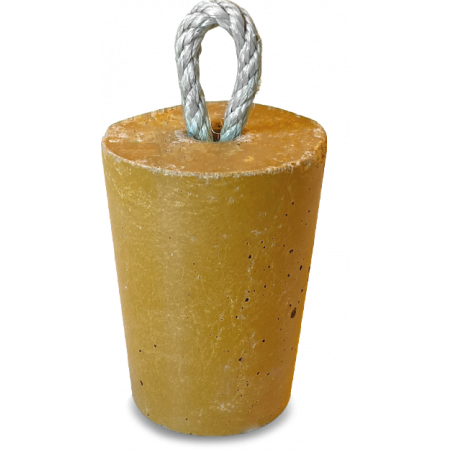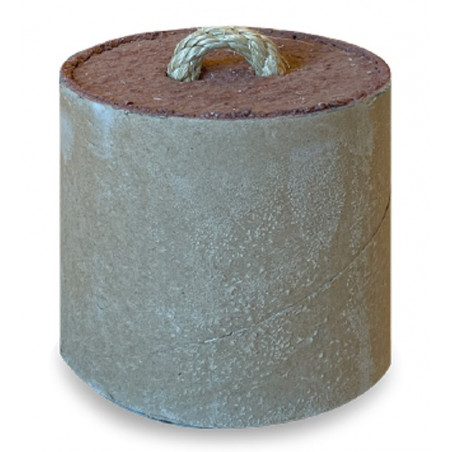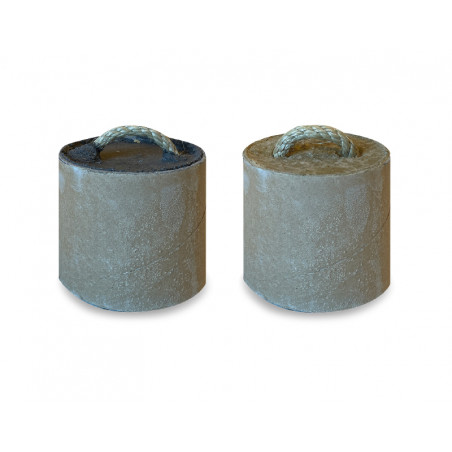Tail biting is a major health and welfare challenge in commercial pig production. Diet is one of the six major risk factors proposed by the European commission (Commission, 2016). Research during the last decade has revealed a complex, bidirectional communication between gut microbiota, intestinal health and the brain, affecting mood and behaviour via the so-called microbiota-gut-brain axis. This axis is affected by various factors of which diet plays a major role and thus may provide insight in the complex aetiology of tail biting. Individual differences in the balance of the microbiota-gut-brain axis may explain why certain risk factors lead to tail biting in some farms/pens but not in others. This review aims to connect the current research on the microbiota-gut-brain axis with known and proposed dietary risk factors for tail biting. The links are still largely unproven but can provide basis for future studies aiming for dietary interventions to mitigate tail biting.
This review suggests that diet-related risk factors for tail biting are under- and oversupply of protein (incl. tryptophan), lack of satiation, fine feed particle size, low dietary fibre content and a limited number of feeder spaces. We hypothesise that these factors can cause social stress, gastric ulcers, dysbiosis of the gut microbiota, disruption of the intestinal epithelium and affect the animal’s stress sensitivity via the microbiota-gut-brain axis, which might cumulatively lead to tail biting. Major suggested pathways are via gut microbial metabolites inducing cytokine-induced sickness behaviour (i.e. immune activation) or shifting of the tryptophan-serotonin metabolism (associated with anxiety and depression). We further hypothesise that adequate amino acid levels incl. tryptophan and the inclusion of certain dietary fibres in the diet exceeding levels in standard diets, may stimulate establishment of a beneficial gut microbiota (e.g. microbial diversity and short-chain fatty acid producing bacteria) that protect against inflammation and increase stress resilience. While treatment with antibiotics is a useful tool to combat the presence of potential specific bacteria that pose a risk of tail biting, it can at the same time disturb the gut microbial balance, which in turn increases the risk of tail biting.

In conclusion, while tail biting is multifactorial, we suggest that an imbalance in the microbiota-gut-brain axis, modulated via the diet, should be considered as a pathway for the development of tail biting, but needs more research. We suggest a whole-animal approach, including considerations on gut health, satiety, a beneficial gut microbiota and an adequate feed supply avoiding social stress to mitigate tail biting.
Kobek-Kjeldager C, Schönherz AA, Canibe N, Pedersen LJ. Diet and microbiota-gut-brain axis in relation to tail biting in pigs: A review. Applied Animal Behaviour Science. 2022; 246: 105514. https://doi.org/10.1016/j.applanim.2021.105514.






